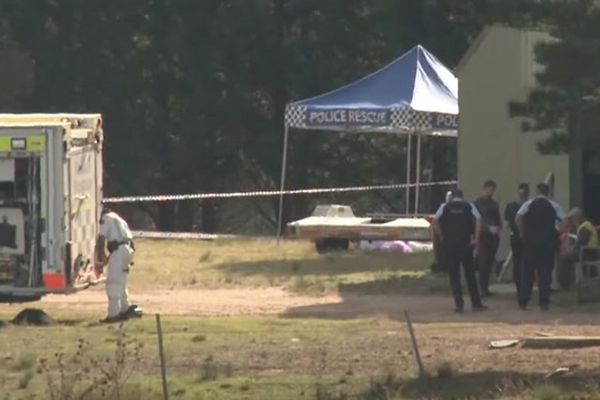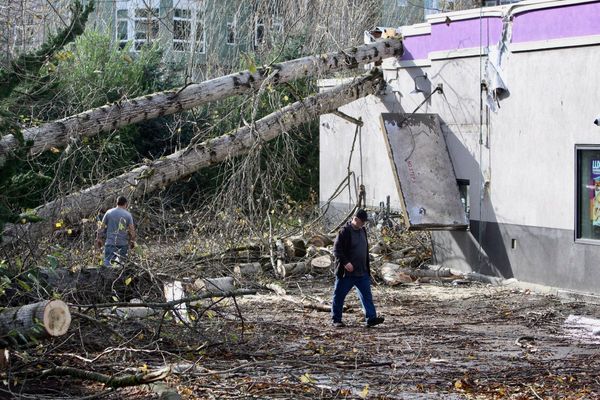Controversy washed over The Beach long before it hit cinemas. Directed by Danny Boyle and starring Leonardo DiCaprio – who was still riding the box-office heartthrob wave of Titanic – the tale of a backpacking trip gone awry was the first major film of the new millennium, arriving on 11 February 2000. But as early as January 1999, when the film was still shooting on the Thai island of Ko Phi Phi Le, news had reached farther shores that environmental protestors were rallying against the $50m (£40m) production. The filmmakers were accused of spoiling its paradisiac beach. This was an irony as clear as the deep blue sea – and one that went far beyond the environmental impact.
Boyle himself would later admit that The Beach could have been better, calling it his “least enjoyable personal experience on a film”. But it’s arguable that it’s never received a fair shake. Twenty-five years on, it remains an imperfectly fine, of-its-moment thriller that – much like DiCaprio’s character – loses the plot a bit at the end.
Alex Garland’s original novel, published in 1996, had been a Gen-X counterculture bible. Telling the story of tourists who discover a mythical Thai beach – and its secret, self-sufficient community of hippie idealists – the book chimed with an on-trend mindset of eschewing the trappings of Western consumerism. Garland, inspired by his own time in the Philippines, had intended for The Beach to be a shrewd swipe at such a mindset, but it became a favourite among travellers nonetheless (when I asked my well-travelled partner if she read The Beach while backpacking around Thailand in the Nineties, she replied, “Everyone was reading it.”)
Boyle had come across the book in the wake of his frenetic adaptation of Irvine Welsh’s Trainspotting in 1996, and much in the same way as other readers: word of mouth. “It was like reading Trainspotting in the sense that it wasn’t, at that point, very well known, but it already had a cultish following,” he said later in an interview with the writer Amy Raphael.
After signing on to make the film, Boyle visited Thailand, Australia, Malaysia and the Philippines with producer Andrew Macdonald and screenwriter John Hodge (with whom he’d made Trainspotting, his striking 1994 debut Shallow Grave, and 1997’s ill-fated, US-set A Life Less Ordinary). The goal? To find the perfect location for the film’s central beach. “It wasn’t quite the same as being a student taking a year out,” Boyle said. “Although we did try to spend as little money as possible and stayed in crappy places.” They ultimately decided to shoot at Maya Bay on the island of Ko Phi Phi Le.
Boyle gave a copy of Garland’s novel to his regular leading man, Ewan McGregor – suggesting he would be cast as lead character Richard – but the filmmakers realised they needed a bigger star name to justify the required budget. Boyle still considered it a risky career move: a sizeable studio picture (his first studio picture, in fact) with a megastar actor. “Well, if I wanted to take the least risk possible, I’d have made Trainspotting 2 – I’ve been asked often enough,” Boyle told Time back in 2000 (and 17 years before he actually did make Trainspotting 2). “The Beach with Ewan McGregor would have been too easy.”
Boyle informed McGregor they were going with DiCaprio instead, which led to a decade-long rift between the director and actor. “It wasn’t just not getting that role,” McGregor later said. “It was [the way] it was handled that wasn’t very clever. It did knock me a little bit.” Boyle would later own up to this, explaining: “Ewan was entitled to be treated so much better.”
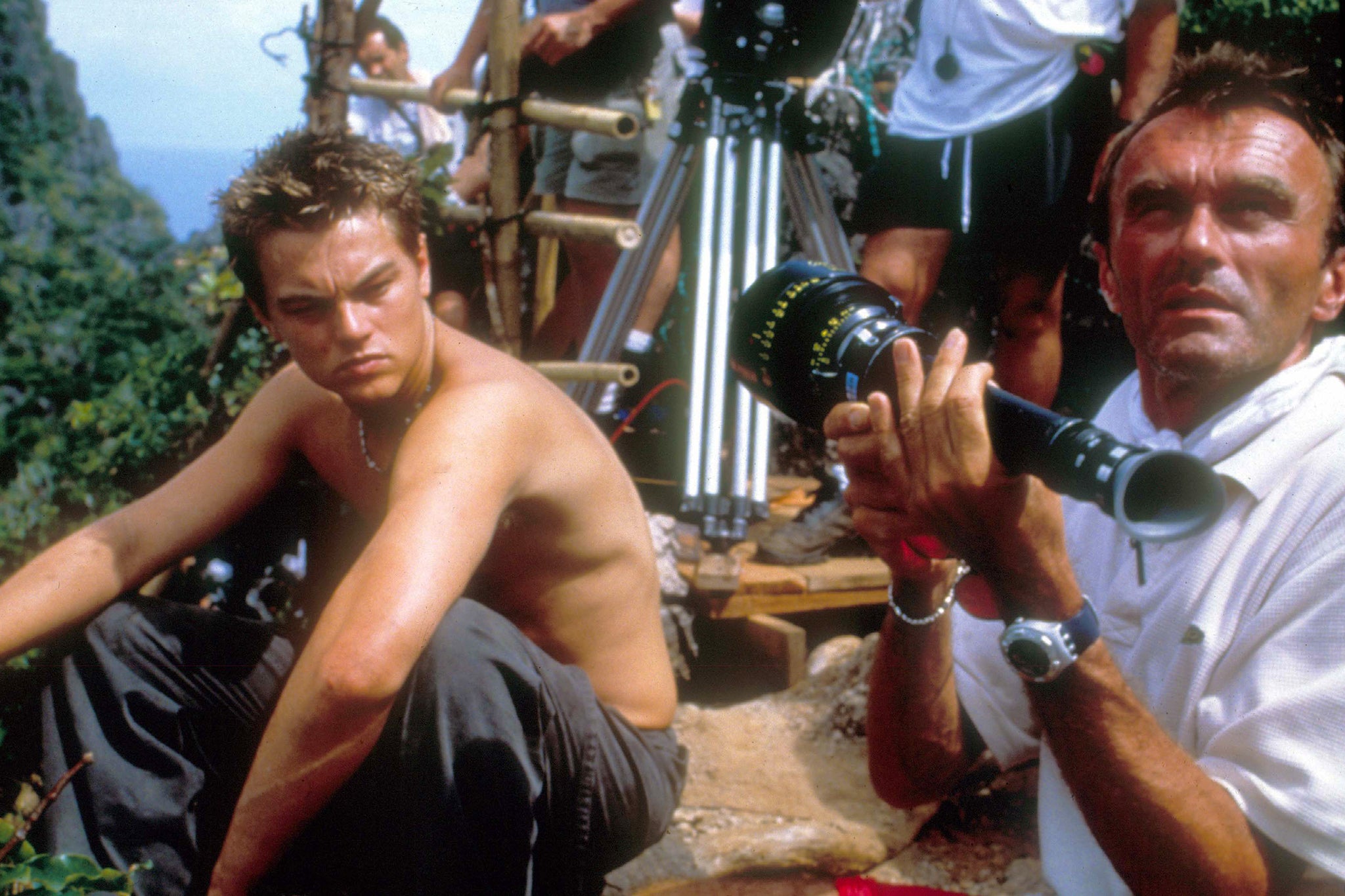
Recasting the book’s English protagonist as an American – and not just any American, but Leonardo DiCaprio – rang alarm bells about the “Hollywood-ification” of The Beach. At one point, 20th Century-Fox had suggested casting Will Smith, who was in his Wild Wild West/“Willennium” phase. “It’s not that I don’t like him – I’m a fan of his,” explained Boyle at the time. “But I said, ‘Hang on, Will Smith wandering onto that beach? Let’s be serious about this movie.’”
Cast alongside DiCaprio was Robert Carlyle as the frightening Daffy, who passes Richard a map to the beach before opening his wrists, and Virginie Ledoyen and Guillaume Canet as Françoise and Étienne, a French couple with whom Richard first journeys to the beach. Plus there’s Tilda Swinton as beach leader Sal, a quietly tyrannical matriarch.
The Beach isn’t so much a story of paradise lost but of a paradise that’s unsustainable. The beach community looks down on regular “tourists” in Thailand but they’re as much a blight on the place, only interested in what they can take from it. With increasing numbers of paradise-seekers coming to the beach – guided by a map Richard has foolishly duplicated – as well as sharks and armed marijuana farmers circling, it all goes a bit Apocalypse Now.
For DiCaprio, the appeal of the film was primal. “Essentially, it’s about how the human animal is pretty much pre-programmed to destroy the natural order,” he told Rolling Stone. “[Richard is] searching for paradise, but at every turn he destroys it by wanting more and wanting to go to the edge with every experience. He’s like today’s primate.”
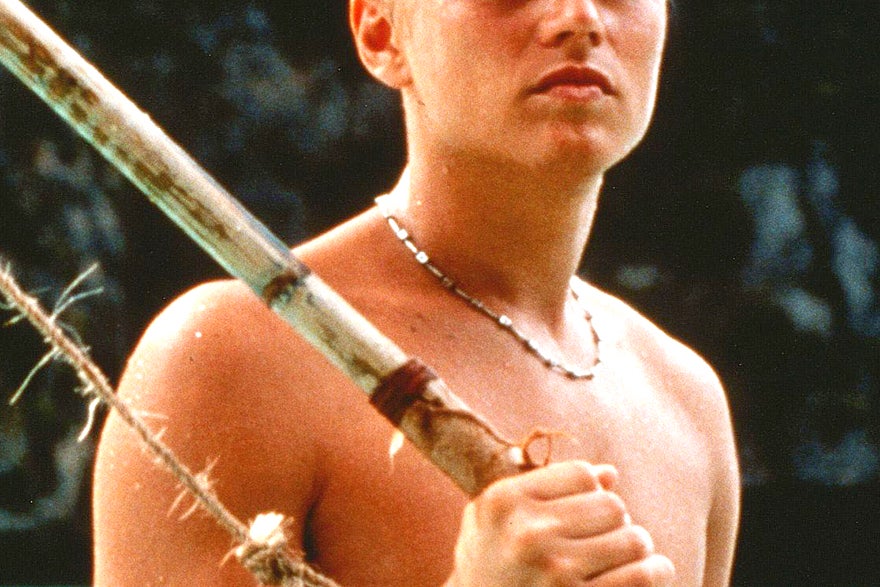
A full year before the film’s release, reporters were writing about proposed changes to the story. There were rumours that Richard would die at the end (untrue); that Boyle had opted for a much-less-dark ending than the source material (true, and the film’s worst transgression). It was also confirmed early on that Richard would have a romance with Françoise. In the book, Richard is afflicted by an arguably more interesting lust for Françoise that remains unrequited. To the cynical eye, Leo getting to smooch Virginie Ledoyen looked like the shallow Hollywood formula in action. In fact, it was Boyle’s decision.
“In the book he’s so British,” said Boyle during a 2000 interview. “He just keeps looking at this French girl and thinking how beautiful she is, and he never tells her... the first thing we decided was, ‘Well, we’ve got to get rid of that. He's got to get it on with the French girl – it’s a movie for Christ’s sake, it’s all about contact.’” It’s true that Boyle felt obliged to make the story more commercial for the sake of its budget, but he also insisted there was no studio pressure. In fact, DiCaprio held back the waters. If Boyle needed reshoots, Leo would use his sway to arrange it.
At the time, DiCaprio’s stardom made him subject to intense press scrutiny. There were headlines about bar fights, alleged drug binges, and various sex-ploits – so many headlines that he was forced to deny the stories while on promotional duties for The Beach. “Literally 95 per cent of the s**t that’s been out there has been a complete lie,” he said. Boyle saw first hand the intensity of DiCaprio’s celebrity while they were shooting in Thailand. Heads were turned and Thai actors went to pieces in his presence. “It was terrifying,” Boyle said. “It was like being with Jesus Christ.”
The worst press was saved for the damage to the location. The crew pulled up existing foliage, flattened dunes, and planted palm trees on Ko Phi Phi Le – part of a Thai national park – to make the beach look even more like a paradise. Fox ensured there was a fund to return the beach to its original state, and the crew cleared several tons of rubbish left by previous tourists. But protesters turned up during filming, some wearing masks of DiCaprio’s face with bloody fangs. Boyle believed protesters were jumping on DiCaprio’s celebrity to raise awareness of broader environmental issues. A lawsuit between environmentalists and Fox continued for years. Following almost two decades of film-based tourism, the beach at Ko Phi Phi Le was closed between 2018 and 2022, before reopening to tourists under strict new rules: no boats, no swimming, and just one hour on the beach per person.
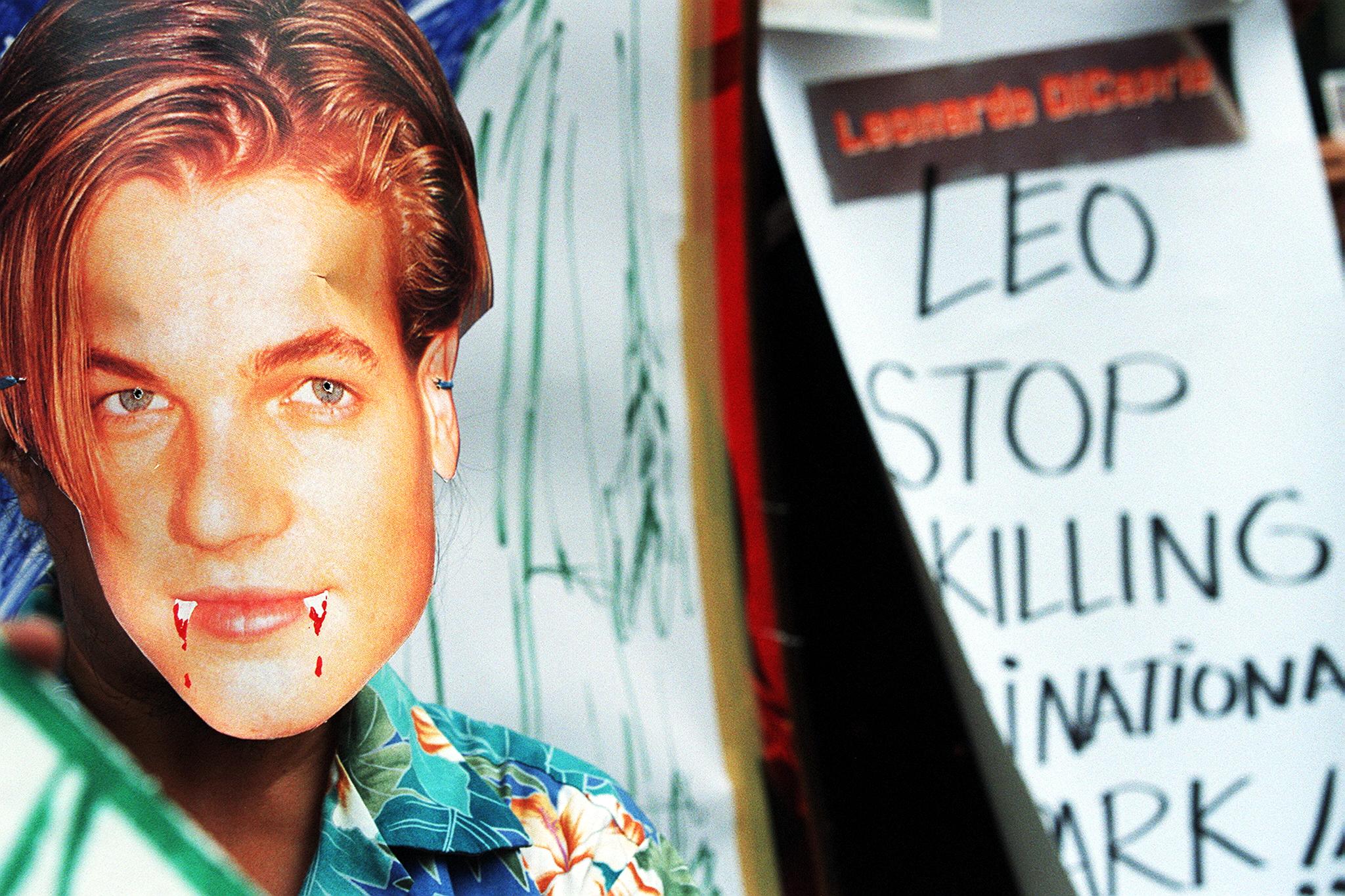
Boyle later admitted that he was out of his comfort zone with The Beach – he is much more in tune with the energy of cities – and realised that he didn’t sympathise with the characters. “I don’t like these people very much and I don’t approve of what they’re doing,” Boyle said. The experience was also coloured by a series of accidents. DiCaprio was badly stung in jellyfish-infested waters, and – had it not been for the gaffer’s safety measures – DiCaprio and Ledoyen might have been electrocuted when a crane light plunged into the pool in which they were shooting underwater scenes. In another incident, DiCaprio and Swinton were in a boat that was capsized by a tide change, stranding them and other cast members in dangerous waters. Elsewhere, Boyle and his location team got stuck up a mountain. “We called the police and they basically told us to f*** off,” he recalled. They had to feel their way down in the dark, with only a mobile phone (circa 1999) for light.
For all the film’s issues, though, it’s a misconception that The Beach flopped – one likely triggered by its lukewarm reviews (“not a terrible movie, just an insubstantial one,” went The New York Times) and a worst actor Razzie nomination for DiCaprio. Actually, The Beach made over $140m (£112m).
Today, just as the beach dwellers are isolated in their paradise bubble, The Beach seems to exist in a far off-but-familiar time and place. If Leo finding the beach for the first time – to the sound of Moby’s “Porcelain” – doesn’t put you right back there, or the synth heartbeat of All Saints’ “Pure Shores” on the soundtrack, you must have spent the millennium years hidden from civilisation.
‘The Beach’ is streaming on Disney+
